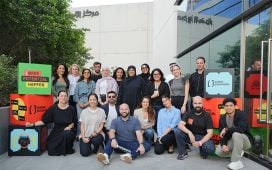The creative agency is constantly proclaiming that we are living in the ‘new’ agency model.
It is an Eureka moment for everyone who is boasting to have cracked the code of this new model. And every model comes with its own lexicon.
The formula is simple; just use a combination of the main buzzwords, such as data, innovation, tech and digitalisation; and the new model is ready to be revealed to the world.
Now what happens if I tell you that all this is unnecessary noise that can even become distortionary?
What happens If we tell ourselves that despite all the euphoric words we use, business remains as usual to a large extent; and we shouldn’t pretend
To continue reading this article you need to be registered with Campaign. Registration is free and only takes a minute. Register Now or sign in below if you already have an account.









